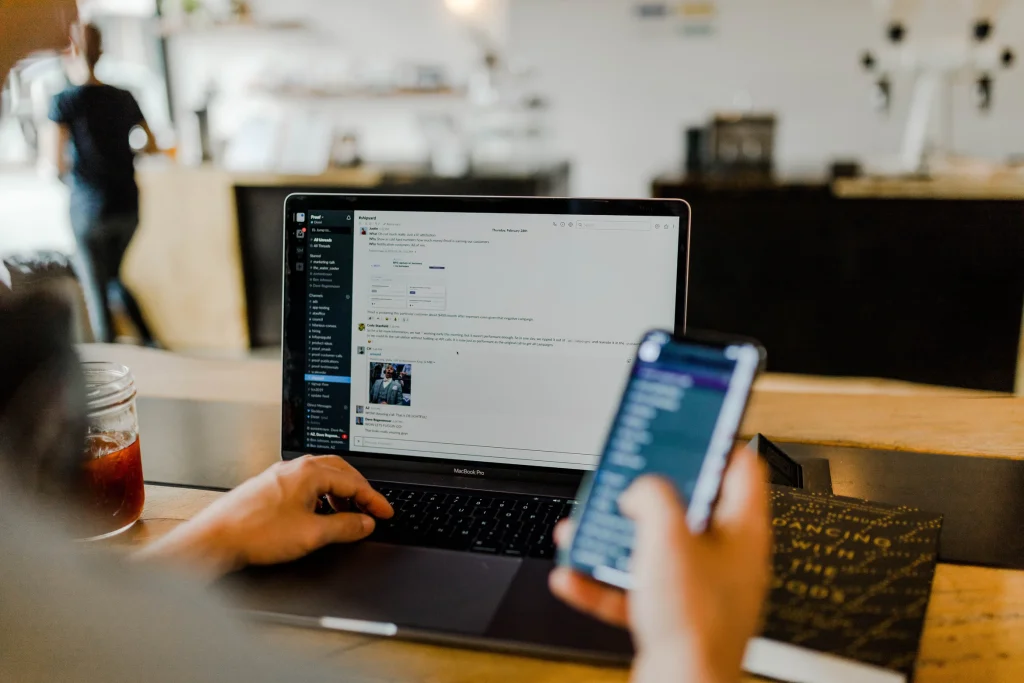The internet has created a new era of business activity. We can reach more people than ever before, but it also opens the door to increased risk. It’s not just about email scams anymore; social media has become a major player in online fraud as well. Scammers are using these platforms to steal from both businesses and individuals, and the problem is only getting worse. Now more than ever, there are countless numbers of social media scams we are faced with everyday.
The best way to protect yourself and your business are to be aware of the risks. Here are some of the most common social media scams and how you can avoid them:
1. Fake Followers
This is a scam that targets businesses, especially those in the early stages of building their social media presence. The scammer will create fake accounts and follow your business, in the hopes that you will follow them back. Once you’ve followed them, they will start to spam your feed with links to their own products or services.
How to avoid it:
The best way to avoid this scam is to be aware of it. Don’t follow everyone who follows you, and take a closer look at the profiles of those who do. If they seem fake, they probably are.

2. Phishing
Phishing is a scam that uses social media to trick people into giving away their personal information. The scammer will create a fake account that looks very similar to a real account, usually of a well-known brand or celebrity. They will then reach out to people and ask them to click on a link or provide personal information, often under the mask of winning a prize.
How to avoid it:
Never click on links from people you don’t know, even if they look legitimate. If you’re not sure, go to the company’s website directly and see if the link is there. Phishwise provides phishing awareness training for businesses, so that staff know what to look out for and how to avoid a phishing attack. Contact us to find out more.
3. Malware
Malware is a type of software that is designed to damage your computer or steal your information. It can be downloaded without your knowledge, often through a fake link or attachment. Once it’s on your computer, it can do serious damage, including stealing your passwords and personal information. Once installed, it is also difficult to remove the malware.
How to avoid it:
Be very careful about what you download, even if it seems to be from a trusted source. If you’re not sure, do a quick search online to see if others have reported it as malicious. Always have good antivirus software installed on your computer to catch anything that does slip through.
4. Impersonation
This scam occurs when someone creates a fake account in your name and starts posting things that could damage your reputation. They might post false information about you, or share sensitive information that you wouldn’t want to be made public. Another common use of impersonation is contacting those close to you requesting information or money.
How to avoid it:
The best way to protect yourself is to regularly Google your name and check for any fake accounts that might have been created. If you see anything, report it to the social media platform immediately. You should also set your privacy settings so that only people who are verified can contact you.

5. Fake Deals
This scam is similar to phishing, but instead of trying to steal your personal information, the goal is to get you to buy something that doesn’t exist. The scammer will create a fake account and post about a great deal or sale, often for a well-known brand. When you click on the link, you’ll be taken to a fake website where you’re asked to enter your credit card information. A regular platform at fault for this type of scam is Facebook Marketplace, this commonly happens when someone poses as a seller, then accepts the money from the buyer then has no product to sell.
How to avoid it:
Never click on links from people you don’t know, even if they look legitimate. If you’re not sure, go to the company’s website directly and see if the link is there. When in doubt, throw it out!
Social media is a part of our lives, and as such it’s important to think about how we can manage the risks involved. Restricting social media access isn’t enough anymore- many workers will need access for marketing purposes so blocking these platforms isn’t really an option either.
We’ve listed below some recommendations on avoiding problems with your company’s digital presence:
- Ensure your company has a secure cyber security platform in place. If you do unfortunately face a social media cyber security threat, you will have the layers of protection to protect against them. Cyber Essentials protects your business against these types of attacks, Cyber Essentials allows your business to add an extra layer of protection to your organisation. Speak to Xenace today to discuss what type of cybersecurity your business needs.
- Enrol your employees in cyber awareness training such as Phishwise to teach them about the potential risks they could be exposed to via social media apps and how to protect themselves against them.
- You should only use official partners to access your social media accounts. This way, you can be sure that the app is safe and will not suffer any negative consequences from using them
Social media can be a great way to connect with customers and promote your business. But it’s important to be aware of the risks so that you can avoid them. By following these tips, you can protect yourself and your business from social media scams.
